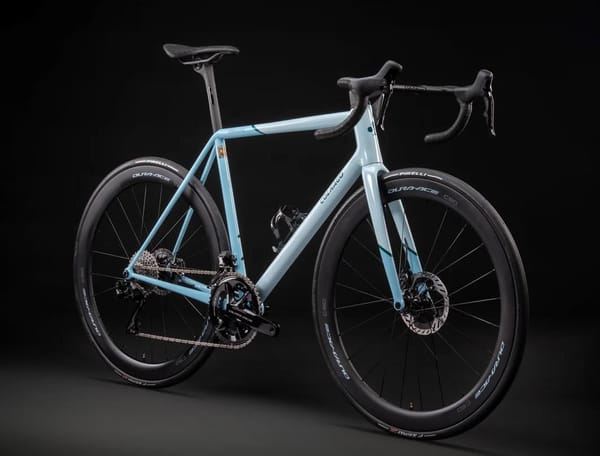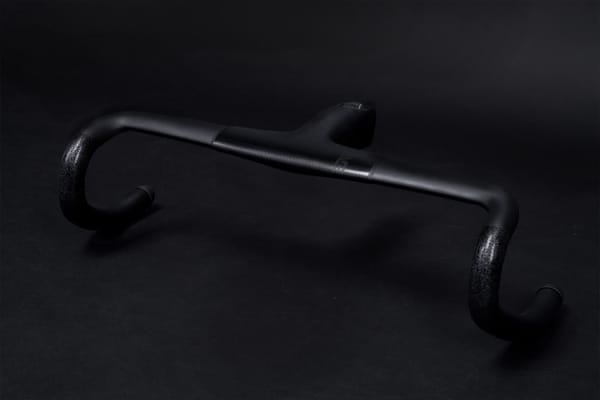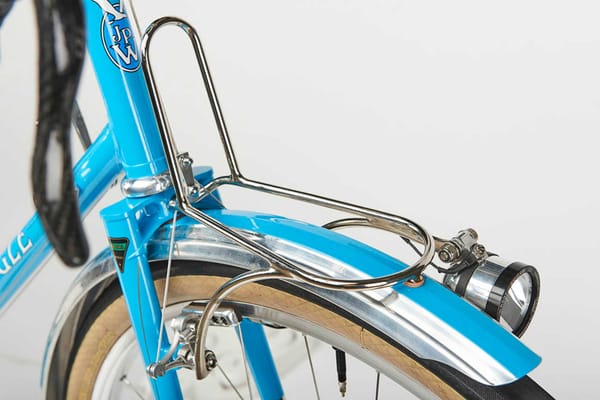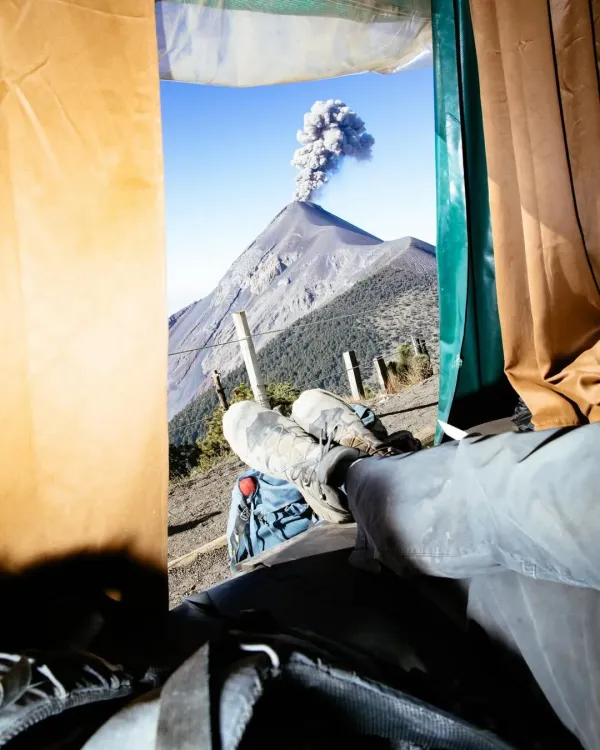Bigger Is Better (Sometimes): Decoding Gravel Tire Width
Discover why wider tires can actually be faster on gravel. Learn how rolling resistance, comfort, and puncture risk factor into your tire choice—and why big tires might be your secret speed weapon.

Wider Tires on Gravel: The Big (Surprising) Speed Advantage
Picture this: you’re cruising down a rugged gravel road, rattling your bones, questioning your tire choices, and feeling almost heroic on your ultra-svelte rubber—until you realize you’re getting dropped by someone on big, chunky mountain bike tires. How dare they. Aren’t narrow tires supposed to be faster? It’s practically a natural law of cycling, like heartbreak over carbon seatposts or the universal love of a freshly greased chain. But—plot twist—those monstrous tires might actually be the quicker option when the going gets rough.
The Conventional Wisdom
For years, we’ve collectively treated tires like the diameter of espresso cups: smaller means sleeker, which obviously means faster, right? Well, on perfectly smooth pavement, that’s true enough. On tarmac, a narrower tire at a higher pressure minimizes rolling resistance. So, if your “gravel race” is closer to a glorified group ride on asphalt (with maybe 500 feet of token dusty roads), sure, run those 35mm tires with pride.
But here’s where things get exciting: some real-world testing (plus lab rig testing) indicates that once your race ventures onto truly rough surfaces—loosely packed dirt, lumpy gravel, or even cobbles—wider tires can crush that old assumption faster than your friend can say “I think I got a pinch flat.”
Understanding Rolling Resistance on Gravel
Gravel comes in all shapes and sizes, from well-graded hardpack to chunky, certified-dental-work-rattling rock gardens. When the going is truly rough, narrower tires tend to sink a bit more, bouncing and vibrating over every bump. All that shaking isn’t just uncomfortable—those vibrations translate directly into wasted energy. Every time your bike goes up and down instead of forward, you’re losing watts. In other words, the “feel” of speed can be a big, fat lie.
Wider tires, especially those borrowed directly from the cross-country mountain biking world, can:
- Float over loose surfaces rather than cut in.
- Absorb more vibration thanks to higher volume (lower PSI).
- Reduce the chance of flats because you can run thinner casings on a wider footprint without risking catastrophic sidewall failure.
But Don’t They Weigh More?
Yes, bigger tires do weigh more in absolute terms, but the performance trade-off is less dramatic than you’d think. A few hundred grams might cost you a watt or two on a big climb, but if you’re saving double-digit watts rolling across mile after mile of gravel chatter, that one- or two-watt penalty becomes meaningless. You can’t exactly climb yourself back from a double-digit energy deficit; you’ll be at the finish line daydreaming about the free beer that’s already been consumed by the riders who made the jump to fatter rubber.
What About Aerodynamics?
As tires get wider, they can create a bigger frontal area. On the road at higher speeds (say 25 mph and above), this matters. But on rough gravel, even the fastest pros rarely hold that speed for an entire race—especially if the route is peppered with climbs and gnarly sectors. If most of your day will be spent grinding in the low- to mid-20 mph range (or less), a small aerodynamic penalty often pales in comparison to the gains you’ll see in rolling resistance and comfort.
So Which Tire Width is Right?
It depends on your course:
- 70% Road or More: If your gravel event is suspiciously paved (think 30% actual gravel or even less), go for a mid-range width like 35–40mm. You’ll stay efficient on pavement, and the chunk won’t be so severe that you need those balloon tires.
- Truly Mixed Bag: If it’s half road, half rough gravel, you might consider something around 40–45mm. You’ll gain some cushy forgiveness on the bumpy bits and won’t lose too much on the asphalt sections.
- Full Send Gravel (a.k.a. Actual Gravel): If your day includes washboard roads, sharp rocks, or chunky climbs where traction is non-negotiable, a 45–50mm gravel tire or even a lightweight 2.0–2.2” mountain bike tire could be your secret weapon. Yes, that is a “mountain bike” tire for a “gravel” event. Enjoy the looks of confusion at the start line, then enjoy the lack of flats and the unstoppable rolling momentum all the way to the finish.
Final Thoughts
Cycling tradition is filled with once-unchallenged beliefs. But data keeps showing that wide tires can be seriously fast on real gravel. The upside is lower rolling resistance, fewer flats, and increased comfort—otherwise known as the trifecta of not hating your life halfway through a 100-mile off-road sufferfest.
So the next time someone scoffs at your big ol’ tires, just smile, give ‘em a wave, and float right on by. Whether it’s a high-volume gravel tire or even a borderline-mountain-bike casing, don’t let the old “narrow is always faster” trope keep you from sampling the wide side of speed.





